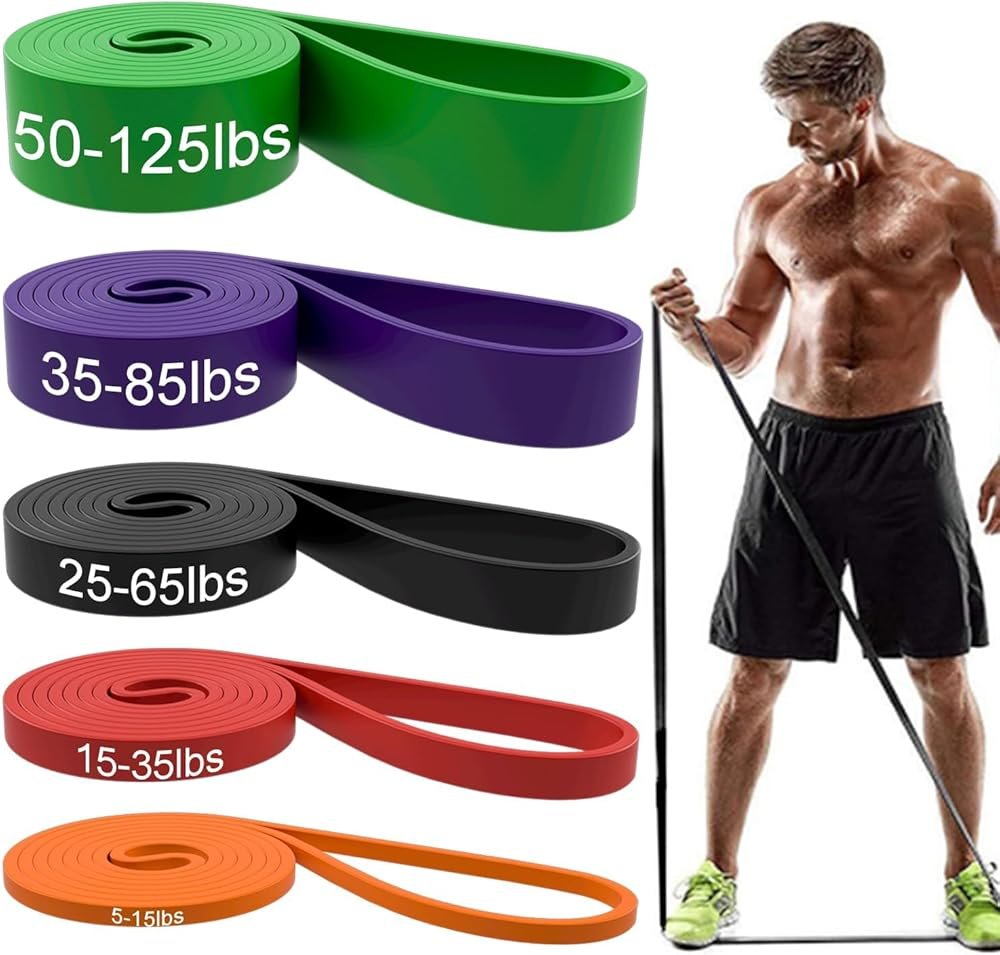A tamper tool, often referred to as a hand tamper or compactor, is an essential piece of equipment for construction and landscaping projects. It is used to compact soil, gravel, and other materials to create a stable base for various applications. Whether you’re a seasoned contractor or a DIY enthusiast, understanding how to use a tamper tool effectively can make a significant difference in the quality of your work. Here’s everything you need to know about using a tamper tool on site.
1. Types of Tamper Tools
Before using a tamper, it’s essential to know the types available:
- Manual Tamper: A simple tool with a flat, heavy base and a long handle. It requires manual effort to compact the material.
- Power Tamper (or Plate Compactor): A motorized version that offers greater power and efficiency. These are ideal for larger projects and tougher materials.
2. Choosing the Right Tamper Tool
Selecting the right tamper depends on your project requirements:
- Size of the Area: For small, confined areas, a manual tamper is suitable. For larger areas, consider a power tamper.
- Material Type: Different materials may require different levels of compaction. A power tamper is generally more effective for dense materials.
- Project Scope: Assess the duration and scale of your project to determine whether a manual or power tamper is more appropriate.
3. Preparation Before Use
Before you start tamping, follow these preparation steps:
- Clear the Area: Remove debris, rocks, and any obstacles from the area where you will be tamping.
- Moisten the Soil: If you’re working with soil, lightly moisten it to help achieve better compaction. However, avoid making it too wet, as this can lead to clumping.
- Layering: For deeper compaction, work in layers, typically no thicker than 6 inches. This approach helps ensure even compaction throughout.
4. How to Use a Manual Tamper
Using a manual tamper is straightforward:
- Position the Tamper: Place the flat base of the tamper on the area you want to compact.
- Lift and Drop: Raise the tamper and bring it down with force onto the material. Use your body weight to help drive it down.
- Overlap Each Stroke: Move the tamper slightly after each drop to ensure even coverage. Overlap your strokes by about 50% for optimal results.
- Check Compaction: Periodically check the compacted area for firmness and adjust your technique as necessary.
5. How to Use a Power Tamper
For a power tamper, follow these steps:
- Start the Machine: Follow the manufacturer’s instructions to start the tamper safely.
- Guide the Tamper: Walk behind or beside the machine, guiding it over the area to be compacted. Avoid forcing it; let the weight and vibration do the work.
- Maintain Even Speed: Move at a steady pace to ensure uniform compaction. Too fast may leave some areas under-compacted.
- Monitor Performance: Keep an eye on the compaction results. Adjust your speed or direction if necessary.
6. Safety Precautions
Using a tamper tool requires safety considerations:
- Wear Appropriate Gear: Always wear safety goggles, gloves, and sturdy footwear to protect yourself from debris and vibrations.
- Check for Underground Utilities: Before tamping, ensure there are no underground utilities in the area to avoid damaging them.
- Take Breaks: If using a manual tamper, take regular breaks to prevent fatigue and strain.
7. Post-Use Maintenance
After using your tamper, perform the following maintenance steps:
- Clean the Tool: Remove any dirt or debris from the tamper to prevent corrosion and wear.
- Inspect for Damage: Check for any signs of damage or wear, especially on the base and handle.
- Store Properly: Store the tamper in a dry place, away from direct sunlight, to prolong its lifespan.
Conclusion
Using a tamper tool effectively can significantly enhance the stability and quality of your construction or landscaping project. Understanding the types of tampers, preparation steps, and proper techniques will ensure that you achieve optimal compaction results. By prioritizing safety and maintenance, you can maximize the efficiency and longevity of your tamper tool, making it a valuable asset on any job site.


